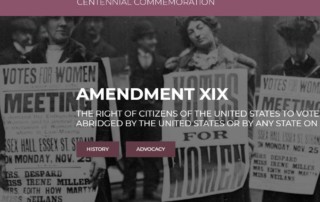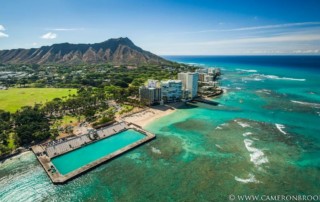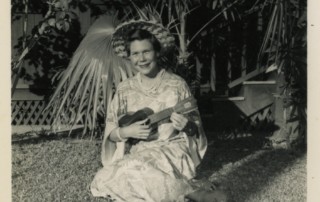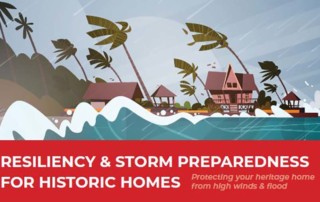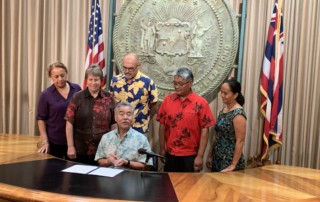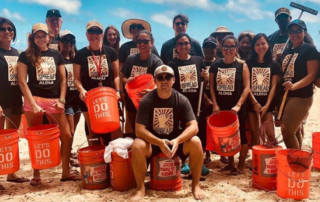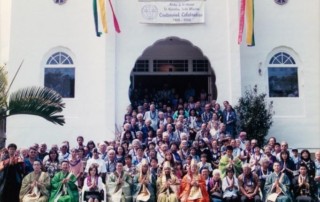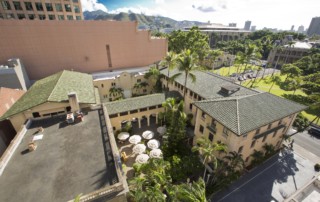On August 21, 2019, exactly one year after Hurricane Lane bore down on Oahu, more than 50 gathered to learn how to secure and protect historic homes from extreme weather events. Presenters included a structural engineer, preservation architect, contractor and insurance specialist and they were fabulous! They shared everything from tie downs, continuous load paths, window protection, hurricane clips for single and double wall construction, to wind and flood deterrents, what to insure, how to valuate and more. Incredibly important information for any homeowner and all of this through the lens of maintaining respect for the historic integrity of a heritage home. Mahalo nui loa to Barbara Shideler, MASON; Lyle Carden, Martin & Chock; Alan Shintani, Alan Shintani, Inc.; and Sue Savio, Insurance Associates. Mahalo, too, to Christel Collins and the staff of Manoa Public Library (and the HSPLS) for co-sponsoring and hosting our event. Presentation Videos Secure your home with hands-on measures, Alan Shintani Protect your home while respecting its historic integrity, Barbara Shideler Enhance the structural resilience of your residence, Lyle Carden Insure your home. What do I need and what does it cover? Sue Savio Photos Learn practical & feasible measures to make your home more resilient and protect it from extreme weather events Co-sponsored by Historic Hawai‘i Foundation & Hawai‘i State Public Library System It’s hurricane season and extreme weather events are on the rise in Hawai‘i. Heritage homes face many of the same challenges as other homes with respect to vulnerabilities to wind and water with the added layer [...]



